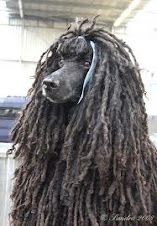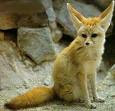 This breed is the largest and oldest of the four Swiss mountain dogs. He has a study and robust appearance. Confident, loyal, and huge, the Greater Swiss Mountain Dog is a dog like no other. He's powerful, heavy-boned, and strong. This helped him pull heavy carts. The Greater Swiss Mountain Dog also has a double-layered coat with a rich rust color and white colored markings in specific parts of the body. The rest is black.
This breed is the largest and oldest of the four Swiss mountain dogs. He has a study and robust appearance. Confident, loyal, and huge, the Greater Swiss Mountain Dog is a dog like no other. He's powerful, heavy-boned, and strong. This helped him pull heavy carts. The Greater Swiss Mountain Dog also has a double-layered coat with a rich rust color and white colored markings in specific parts of the body. The rest is black. The Greater Swiss Mountain Dog's ancestors were molossers brought to Switzerland by Romans. He was developed from Mastiffs and Rottweilers, and other breeds. It was bred for all-purpose farm jobs, such as herding, guarding, and pulling carts. The breed's history doesn't end here. Later on, the breed's numbers started to decrease. The Greater Swiss Mountain Dog's services were no longer needed. Their jobs were replaced by either other animals or dog breeds, or machines. Then, a dog expert named Dr. Albert Heim convinced people to try and save the breed. It worked, and now, the breed is recognised by the AKC, which first happened in 1995. The Greater Swiss Mountain Dog Club of America was first founded in 1968.
Due to the breed's large size, he's prone to some health issues like bloat. He's also susceptible to eye problems, hip and elbow dysplasia, and cancer. The breed is best in colder climates, for if you over-exercise one in hot temperatures, he may get a Heat Stroke. Give him daily exercise, like a daily walk or romp in a yard. Also ensure you have enough space for one; a Greater Swiss Mountain Dog takes up a lot of space. Due to the double coat, he sheds twice annually, and in other occasions. Brush it regularly to keep the coat and skin healthy. Since these dogs are eager to please, training can be fun. He can be a good family pet, but early socialization is a must. Introduce to your Greater Swiss Mountain Dog the people that are not bad, and people that are, as he can be protective of his family. But due to this, they make great watchdogs.
If you give him love he'll devote himself to you and your family. You'll be great friends for a long time!








